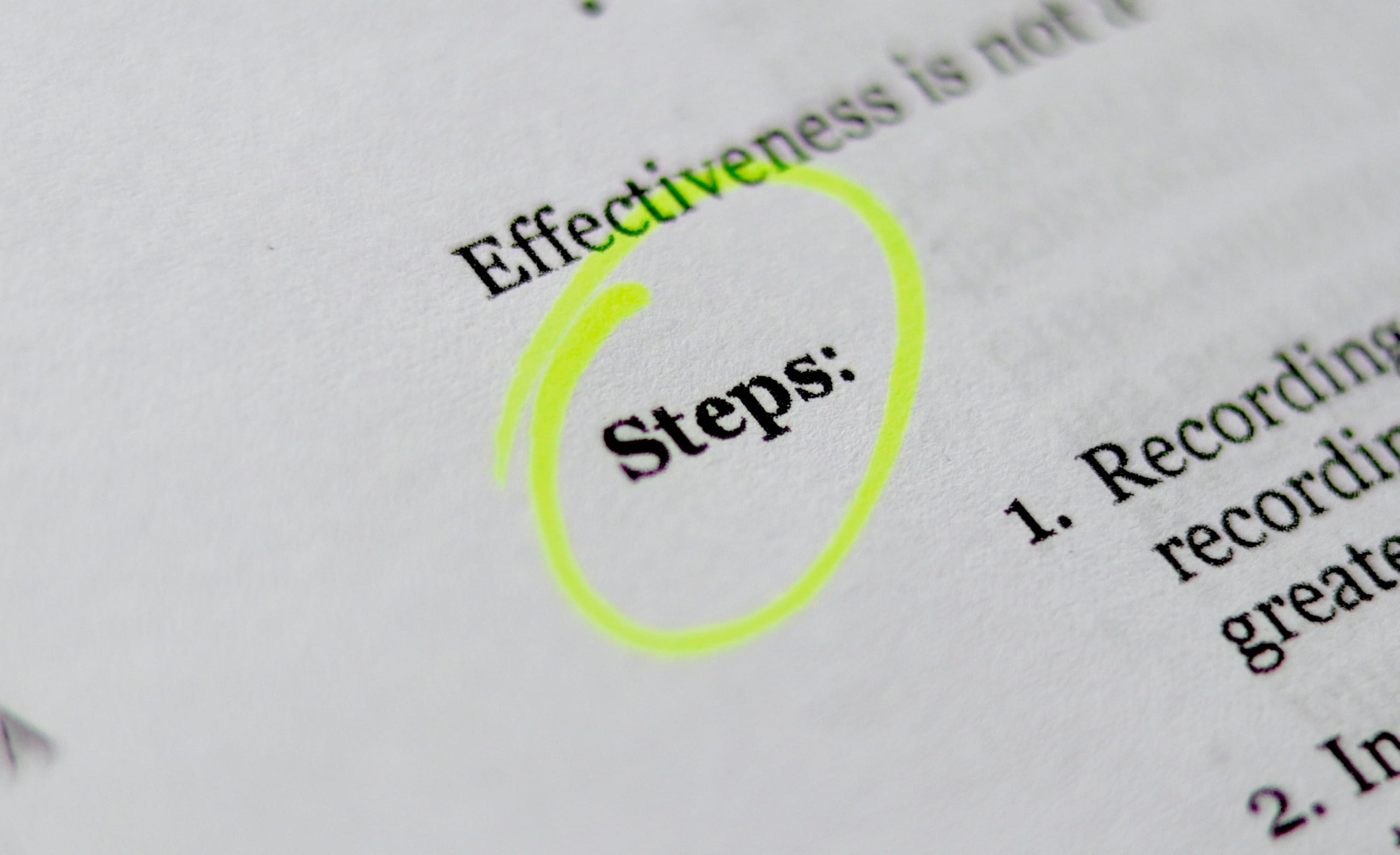As An Entrepreneur, It’s Important To Keep Yourself In Check

That said, often people forget that entrepreneurialism is a big risk, especially compared to simply being an employee and working your way up the corporate ladder. Not only do you have to discipline yourself, but to offer value that others either cannot match, or cannot cater to that part of the market.
In this way, entrepreneurialism is a big challenge, and it takes plenty of self-belief. Will Smith, famous actor, once said that there is a necessary delusional quality about believing in yourself, even when others find it hard to. This is the fundamental mindset of an entrepreneur, and so it’s not hard to see how success can sometimes be hard to find, or that in all probability, it’s unlikely.
Does that mean you have to feel tired or demoralised before you begin? Absolutely not. It just means balancing realism with your willingness to believe in yourself and move forward. This way, you gain the best of both outlooks, and will have a much higher chance of success. People will find your story appealing, and may even support you. We all love to see someone working hard for themselves and building something from nothing.
A great way of measuring yourself in this role, then, is to care for keeping yourself in check. In this guide, we’ll explain what that means, and how it could apply to you as an entrepreneur.
Fully Research Your Idea & Its Ramifications
Many entrepreneurs become entrepreneurs because they feel they have an idea worth dropping out of the default career path for. It does happen, but it’s much less likely that someone simply ‘becomes’ an entrepreneur with no ideas to chase, as this becomes something of an untenable risk.
However, no matter what your ideas are right now, it’s important to know they’re currently just that – ideas. Bringing them to fruition requires deep research, and not only regarding its construction or your development of a service. For instance, on paper, a service can look absolutely necessary, interesting and worthwhile. However, you might find that in this current area, the competition is too stiff, or consumers find it hard to understand your idea in broad strokes, or that a gap in the market exists elsewhere.
For this reason, deep research helps you understand the parameters you may be operating in. ‘Dragon’s Den’, the original UK version of ‘Shark Tank,’ once showcased an entrepreneur who had invested in creating a paddle for plaster and other materials that builders could use without bending over all day. He argued that this would help prevent long term back issues.
In order to present his idea to the Dragons, he had to showcase how many times, on average, a builder may bend over. He had to know just how his product would fit in, and what price point was acceptable, and if purchasing or renting was superior for this product in question. That was great research. However, he had forgotten to look deeply into patent law, and thus thought he had a patent when he didn’t. He secured investment thanks to his prototype, but on the condition that his patent was applied for straight away. In this respect, we see how research or a lack of it can either help or hinder our approach – and so we must commit to it thoroughly.
Your Personal Brand Is You This Time
It can be hard to make the transition from being a somewhat anonymous entity working for a larger corporation to someone who has taken the time to form a corporation, but in the latter respect, you will no doubt be front and centre as a personal figurehead.
This means that understanding exactly how you come across to clients, investors and partners is essential. It means keeping yourself to higher standards, such as making sure you dress well every day, that you work on your handshake, that in your free time you train your presentation skills and ensure your pitch is near note-perfect, confidence exuding from you.
In this way, entrepreneurs develop many interpersonal skills that an actor might hope to train, not to be deceptive, but to come across and highlight their character in the best sense. Put simply – invest in yourself as you do your business. This speaks to your values, virtues, and ultimately, how you and your brand mirror one another’s reputation.
Timekeeping & Discipline
The best thing about being an entrepreneur is that you can select your own hours and are free to work at your own pace. The worst thing about being an entrepreneur is that you can select your own hours and are free to work at your own pace.
As you can see, there’s something of a paradox here. But it’s important to make sure that you keep yourself disciplined in everything you do. This is easier when it’s your own success and income on the line, but even then, it can be important to learn timekeeping, to ensure you’re getting a decent balance of home and work life, and that you’re willing to sacrifice some weekends and after-hours in order to build your business.
Timekeeping, in this respect, helps you itemize your day and be as productive as possible. Google Calendar, note taking tools, planning organizers and digital assistants can help you keep up with your tasks each day. Never start a day unsure of what you’re about to work on. Spend ten minutes each night planning your following day. Review your days, and make sure you understand exactly what you did right and what you could improve on. If you can focus in this respect you can keep yourself measured, and totally honest about your forward action. Not only does this inspire and give a great example to those you manage, but it helps you understand that an entrepreneurs main responsibility is to themselves.
With this advice, we hope you can keep yourself measured as an entrepreneur in the best possible sense.

 A
A  Processes and Steps involved in Creating Performance Measures
Processes and Steps involved in Creating Performance Measures

 Warehouses are characterized by much work that includes packaging, sorting, branding, and even storage. The workers who undertake these duties also interact with machinery pieces, other workers making any accidents inevitable.
Warehouses are characterized by much work that includes packaging, sorting, branding, and even storage. The workers who undertake these duties also interact with machinery pieces, other workers making any accidents inevitable.

